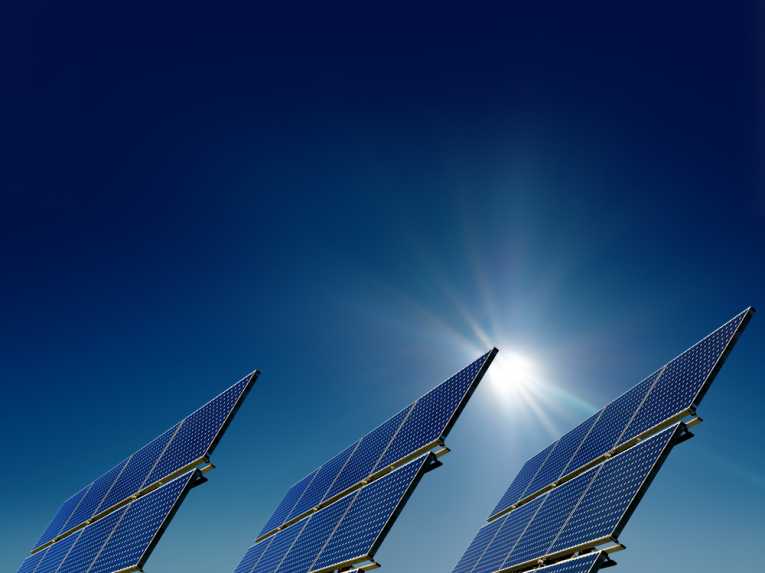American company Solar3D Inc is working on a low-cost 3D solar cell prototype that could lower the cost of solar power. The aim is to manufacture a prototype 3D solar cell that can produce up to 200% more power than current silicon solar cells.
The pioneering project to manufacture a highly efficient solar cell is being carried out at the University of California's world-leading Nanofabrication Facility, in Santa Barbara. Dr. Changwan Son, Solar3D Director of Technology, is leading the work.
Solar3D's President and CEO, Jim Nelson, says, "We are thrilled to have such close and immediate access to the clean room and lab facilities at UCSB. They have exactly what we need to make our proof-of-concept prototype."
The development of the 3D solar cell has been motivated by light management methods from fibre optic products. It traps sun inside micro-photovoltaic constructions in which photons bounce until they become electrons.
The prototype, based on silicon, which is the world's most freely available photovoltaic material, is set to be finished this summer. Once the prototype is complete, it will be examined by the technology team to find out the best conditions for fabrication.
A revised prototype will then be constructed to improve performance and set up a pilot manufacturing run of 50,000 products. The aim then is that the high-quality characteristics of the laboratory production will be replicated in mass production.
The company's research suggests a standard 17% efficient solar cell performs much the same as a 5% efficient unit when light is shone 20 degrees sideways, for example, in the morning and evening.
But the Solar 3D prototype cell has a clever wide-angle light collection unit that maintains 25% efficiency for a longer time. This provides double the power of normal solar cells and means the payback period is halved.
With current solar cells, up to 30% of incidental sunlight is reflected from the cell surface and even more is lost inside. But the new generation 3D cell will be much more efficient, which will lower costs and make solar power cheaper more available to all.
In solar cells, photons in sunlight hit the solar panel and are absorbed by the silicon semiconductors. Negatively charged electrons are knocked away from their atoms, causing a difference in electric potential.
Current flows through the material to cancel the potential and is captured. Due to the way solar cells are made, the electrons can only move in a single direction. The solar cells then convert solar energy into direct current (DC) electricity.
More information about Solar3D Inc and the technology can be found on its website.










